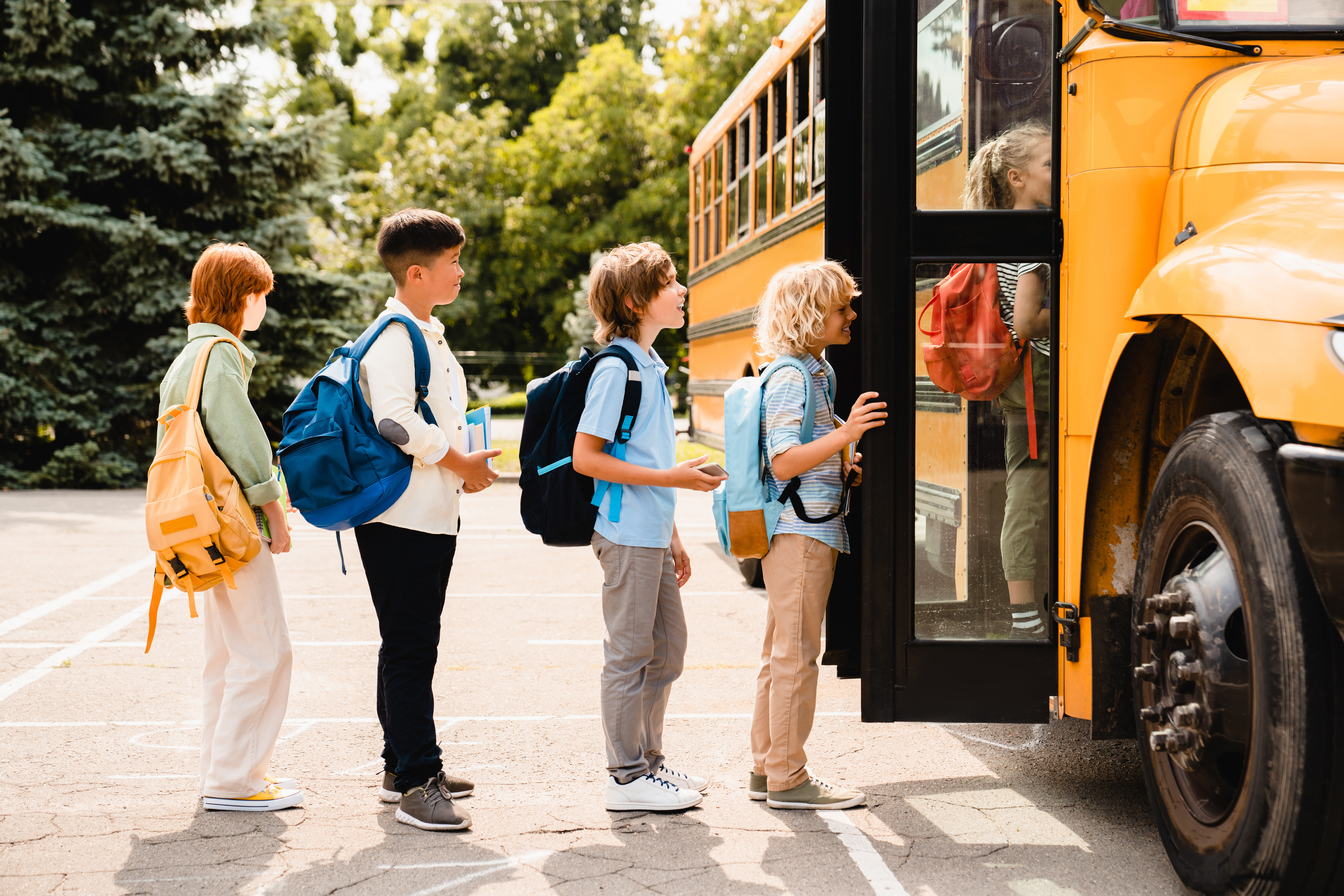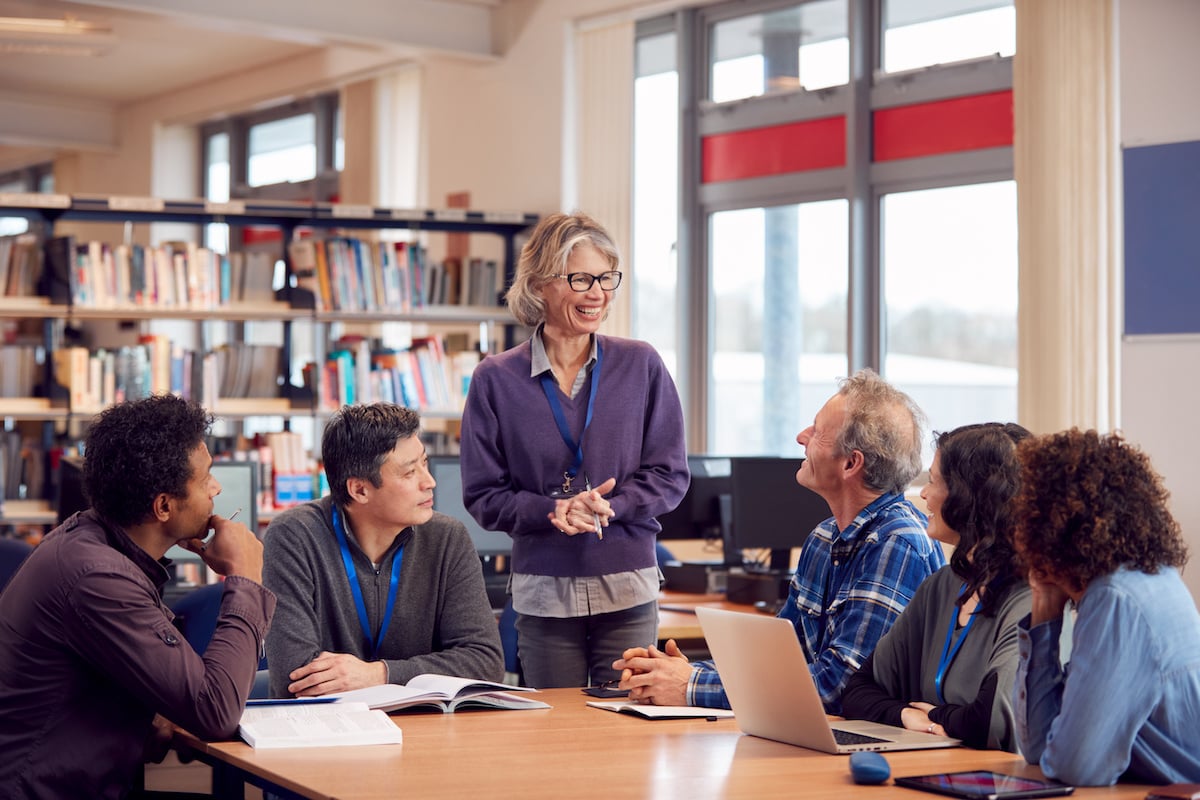In previous editions of our blogs and podcasts, we talked about the need for you to be proficient in both critical thinking and problem-solving. We also talked about the process of emergency management and response not being that complicated if you are proficient in both of these skills, and that response and management are a product of solving problems quickly in rapid succession while using your critical thinking skills. In fact, these skills are so important that many police and fire academies teach and train these skills at every stage of their training. Now let’s translate to what it really means for our schools, staff, students, and communities. Being proficient in these two skills can literally be a lifesaver. Since we have covered both problem-solving and critical thinking in previous blogs and podcasts, I won’t go over them here. If you wish to explore them further, please visit our library of blogs and podcasts. As we move forward, we need to work towards connecting these skills with saving lives.
Why are these skills important to saving lives? As many of you may know, I have had the misfortune to have responded to two separate active shooter events during my career in law enforcement; both on the management side of the incident. After the second incident where I made many mistakes as the Incident Commander, I became a student of active shooters in hopes of saving lives and making my communities and schools safer; even though neither one of these events technically/directly involved a school. While one was considered a school shooting at the time, it was not on campus but was adjacent to one at a university. While educating myself and trying to correct my mistakes, I traveled the speaking circuit and attended several conferences presenting (with my colleagues) this case and the lessons learned. One such conference, the ALERRT (Advanced Law Enforcement Rapid Response Training) conference in San Marcos, Texas, I learned many things that were beneficial to my growth.
One of which is applicable in this context is the Three Stages of Disaster Response. This is the product of some research conducted by Amanda Ripely who wrote a book called The Decisive Moment (2008). Without going into too much detail, this research explains what most of us know as the Flight, Fight, Freeze response, but explains it differently in the context of response to disasters and crises. Here Ripely explains there are three stages of disaster response: Denial, Deliberation, and the Decisive Moment. As we are working through our stages, we tend to compare what is happening in front of us with our past experiences. If we don’t have the experience, we tend to DENY what is actually happening and try to make sense of it through our experiences: that was a car backfiring and not gunshots I heard. Then as we progress through to the second stage and begin to realize there is some danger to us, we start to DELIBERATE what we should do to protect ourselves and/or get to safety.
Once we figure out what we need to do, we progress into the DECISIVE MOMENT phase. This is where we take the actions necessary to survive the events unfolding before us. As you can imagine, the quicker you move through these phases, the better your chances of survival. Some people never progress, while others progress too slowly and fall victim to whatever it is that is happening. The time between when you observe something happening to the time it takes you to the decision to take action is what we call the reactionary gap. Our goal in survival is to reduce the reactionary gap as much as possible to give us/you the best opportunity to survive that event. How do we do that? We do that by conducting scenario-based drills and exercises. We do that by training and becoming students of school safety. By that, I mean practitioners who hone their skills every day. Information and what you do with that information is the key to your survival. In order to increase your chances of survival in any given situation, you need to know what is happening. Most of us call this, “Situational Awareness”.
Situational awareness is a continuous process of observation, interpretation, and communication. It is the process of observing what is happening around you, determining what is happening and how it impacts your safety (good or bad), and if someone needs to know what is happening, you communicate that information to them. Here are a couple of things that might help you increase your awareness:
- Assess your environment: Using your base knowledge of what are normal activities, identify anything that is abnormal, out of place, and/or concerning. Do this continuously and you will quickly enhance your ability for survival. Just by doing this as a natural practice, you can identify danger more quickly and take action sooner.
- Control your focus and attention: Recognize that abnormal or concerning behavior may pose a threat of danger and start the process of working through your responses to disasters and crises. Working through this process will allow you to react much more quickly when and if these behaviors turn dangerous.
- Be aware of dangerous situations and concerning behaviors: We often put ourselves into situations that when we look back on them, we identify several red flags which, had we been using our situational awareness practices, we might not have put ourselves in. When you begin to think about what situations you are putting yourself in, you will also be better prepared to identify other situations that present themselves more quickly. Again, if you identify these situations, start working through your denial, deliberation, and decisive moment phases. This will also reduce the reactionary gap.
Other than reducing the reactionary gap, why is it important to hone your critical thinking, problem-solving, and situational awareness skills? Well, when combined with each other, these skills will be called upon when you need them most, in that moment of life and death, and how you react will save the lives of many people. This is true not only in a school environment, but also in your lives outside of school.
Next week we will explore the emergency response and management cycles and what that means and why this could be the pathway to the most successful outcome you could wish for given the circumstances you're faced with. In the meantime, please be sure to visit all of our other blogs and podcasts for additional information. Also please subscribe, like, and share these with your colleagues and friends so you can help us make your schools and our communities safer.








.png)



No Comments Yet
Let us know what you think